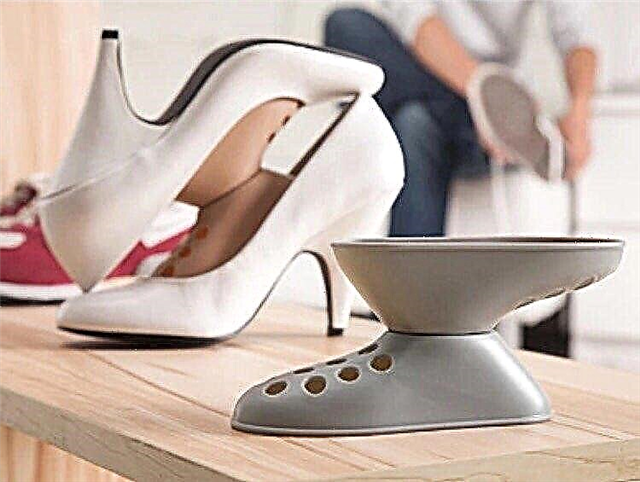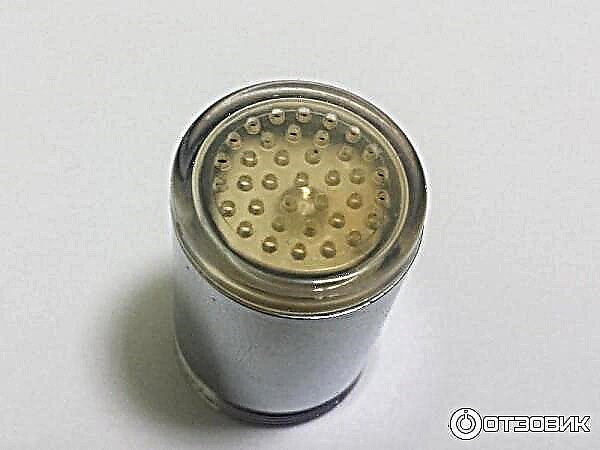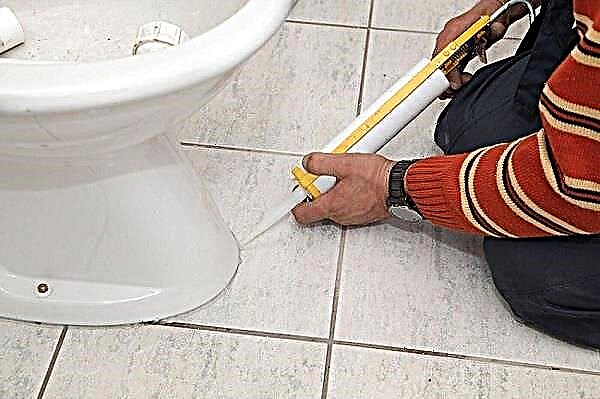When there is a need to purchase a decorative modern material with high technical and operational characteristics and an original design, most experts will definitely suggest you pay attention to ceramic tiles. Of course, today, in terms of decorative properties and practicality, ceramics have no worthy competitors. However, on the other hand, it is also worthwhile to be aware that among the available range of ceramic products, there are recognized leaders, one of which is Italian tile. This type of tile is so popular and known that often Italian tile is considered as a quality standard, setting the tone for other manufacturers.
The history of the formation of Italian tiles
Italian masters have been familiar with ceramic tile technology for centuries, and the first mention that Italy was famous for its ceramics dates back to the tenth century AD. You could even say that ceramic tiles for Italians are one of the national pride. And this phenomenon has a logical explanation:
- in Italy there are a lot of deposits of high-quality varieties of clay (both red and white). A variety of clay varieties made it possible for Italian tiles to occupy a leading place among such types of ceramics as majolica, and colored burnt clay.
Since ancient times, Italian craftsmen passed on ceramics production technology from one generation to another, considering them to be the most important secret that was revealed to them by God himself. It is pleasant to note that even today the traditions and secrets of Italian masters have been able not only to be preserved, but also to be multiplied many times, thereby raising the process of creating ceramics to the rank of real art.
Italian tile statistics
It is recognized worldwide that Italy currently holds a leading position in the development of highly innovative technologies that are used in the production of modern floor and wall ceramics and porcelain stoneware. And despite the fact that Italy is inferior in terms of production of ceramic products to countries such as China and Spain, in terms of quality, it still has no equal. To make it clear how many people across the country are involved in the production of Italian tiles, we can only say that there are more than 350 companies in Italy, most of which are located in such areas as Modena and Regio Emilia.
Also note that Italy produces and supplies equipment for the manufacture of ceramic tiles to almost 90% of the companies involved in the manufacture of ceramics.
Benefits of Italian Ceramics
According to a survey of consumers who chose Italian tile for their premises, the main criteria that determined their choice was the highest quality of this product, its unsurpassed exclusive design, and a rich set of unique characteristics, among which strength, durability, reliability, etc. take the first place. And these words have irrefutable evidence!
To develop unique designs for their products, Italian manufacturers often invite the world's leading designers to collaborate. At the same time, the specialists of the factories themselves are making every effort to ensure that their requirements take into account the requirements of consumers, thereby making it right after they appear on the market as real bestsellers for which demand never falls.
Benefits of Italian Tile
High humidity and severe temperature changes in the bathroom, dictate their requirements for finishing materials. Tiles for walls and floors in such a room should meet the highest characteristics in terms of resistance to moisture, as well as to various other negative influences.
Italian tile copes well with both a high level of humidity and with increased mechanical stress, withstanding it absolutely without any deformation. This is achieved due to its sufficiently high coefficient of hardness, as well as the materials from which it is made.
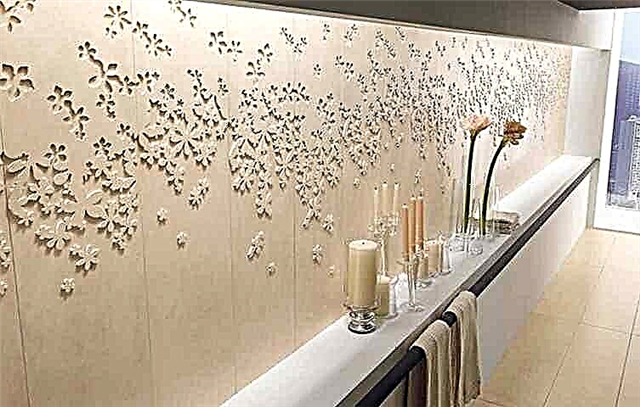
Since ancient times, Italian tiles are made only from high quality clay and sand, without the addition of various hazardous substances. This makes it an absolutely harmless finishing material for walls and floors. Connoisseurs of green building materials will appreciate this advantage of Italian tile.
No less important advantage of tiles from Italy, can be considered its fire resistance with a high degree of wear resistance. As for the last advantage, it is true that the surface of Italian tiles is not afraid of exposure to ultraviolet rays, household chemicals and various cleaning products. When they affect the tile, it will not change its color and shape.
Well, the widest assortment of Italian tiles will allow you to easily choose the material for both the interior and exterior walls of the house, paths in the garden, stairs and much more. Along with excellent operational properties, this advantage of Italian tile significantly expands its already large list of advantages.
Italian tile and porcelain manufacturers
There are a lot of manufacturers of Italian tiles and porcelain tiles, all of them are rightly considered worthy masters of their craft. The most popular ones will be presented below:
ITALGRANITI - This factory for the production of Italian tiles was founded in 1994 by two entrepreneurs who were able to predict the growth in popularity of porcelain tiles around the world. Initially, the factory was engaged in the industrial production of natural stone and only after some time managed to establish the production of Italgraniti ceramic granite, which is in great demand.
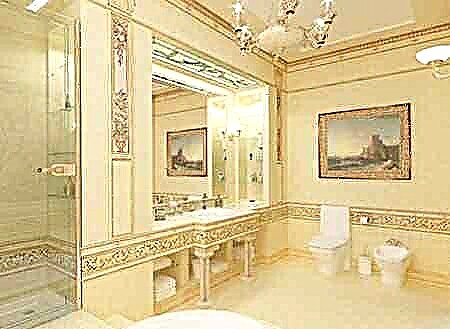
CERCOM - It is rightfully considered one of the oldest factories in Italy for the production of porcelain tiles. This company was founded back in 1964. Thanks to painstaking scientific work in matters of design and technology, this manufacturer of Italian tiles and porcelain tiles has received worldwide recognition.
LEONARDO - No less popular brand of Italian porcelain stoneware and tiles, which combines the most elegant design solutions. LEONARDO collections are simply striking in their diversity, which begins with large-format mosaics and ends with natural antique marble.
ARIOSTEA - Italian tiles of this manufacturer have the highest quality. But nevertheless, the main direction of this factory is the production of porcelain stoneware, as well as other types of decorative stone with imitation of marble, granite, etc.
Tile design
In general, Italian and Spanish tiles differ from each other in design. Italian factories spend quite a lot of money on marketing, attracting the best specialists and designers to create new tile collections. As a result, usually Italian collections look more stylish. Most often, Italian design is more restrained than Spanish, sometimes more minimalistic, sometimes more subtle. Italians produce a lot of tiles for cement, a lot of almost monotonous tiles with a barely noticeable luster or play of surface relief.
Italian porcelain tiles in the interior
 |
| Evolve porcelain tile of the Italian factory Atlas Concorde |
 |
| Italian porcelain tile Cerdomus Avenue |
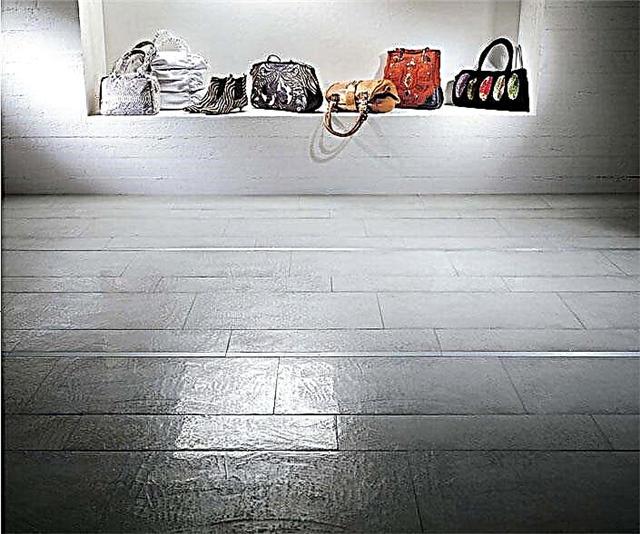 |
| Portland Porcelain Tiles, Cerdisa Factory, Italy |
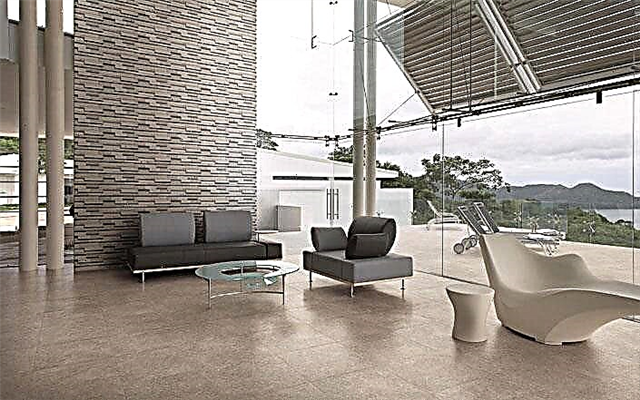 |
| Porcelain tile of the Italian factory Cisa, Evoluzione collection |
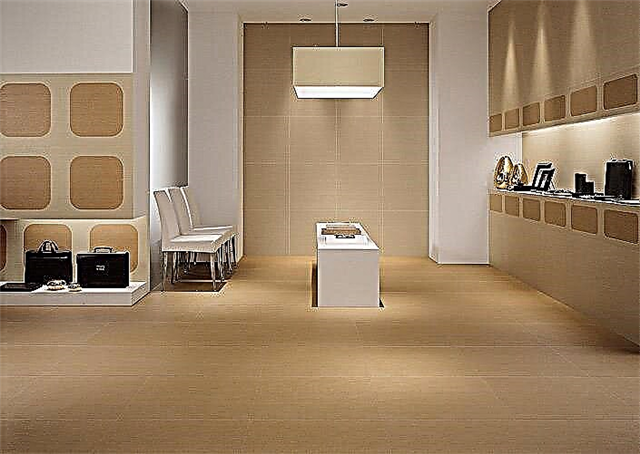 |
| Italian porcelain tile Glow, Atlas Concorde |
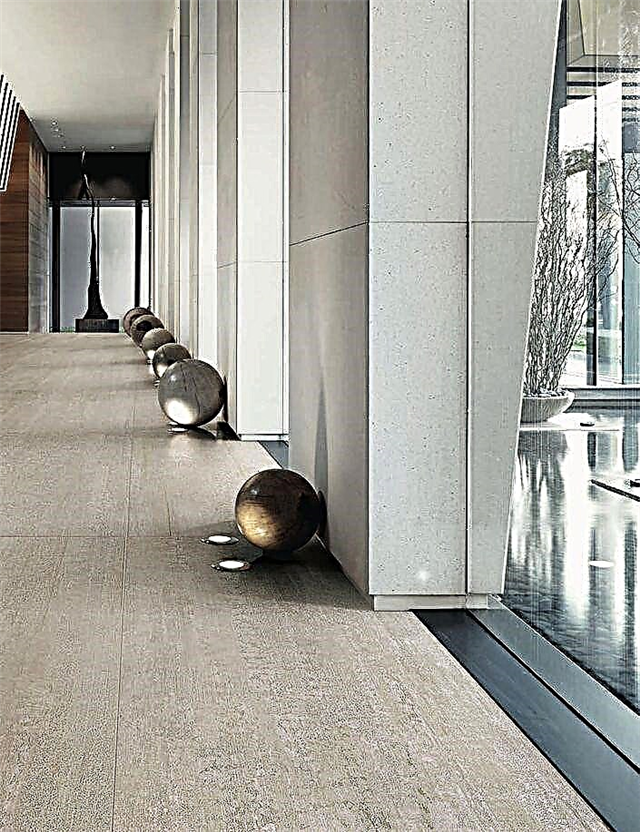 |
| Impronta Italgraniti Factory Porcelain Tile Materia D |
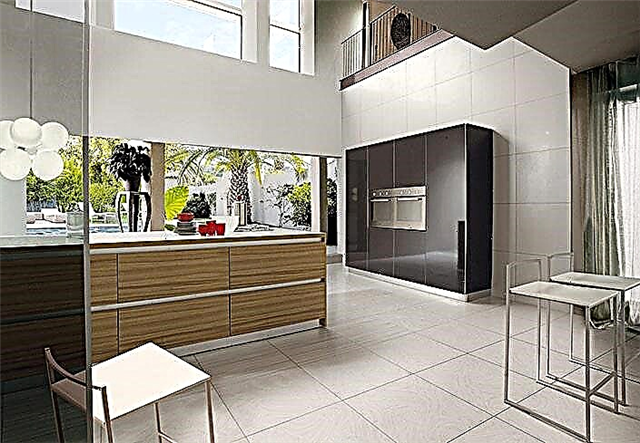 |
| Collection 5th Avenue of the Italian factory La Fabbrica |
Spanish tile more contrasting, massive. The Spaniards produce a lot of stone tiles, including glossy, and of excellent quality. In Spanish stone porcelain, there are usually more streaks of stone, and the colors are more saturated. In the Spanish collections there are a lot of roses, decorated tiles.
Spanish porcelain tiles in the interior
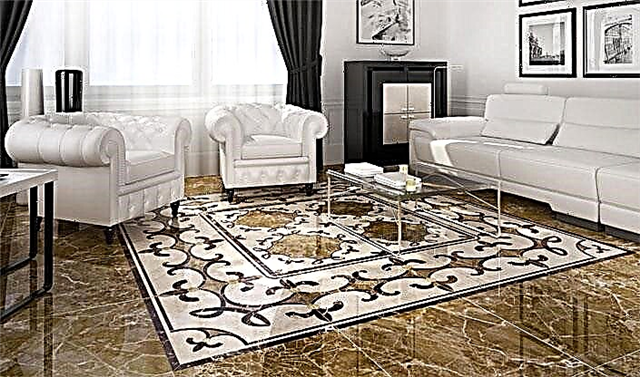 |
| Spanish factory Newker. Imperium Collection |
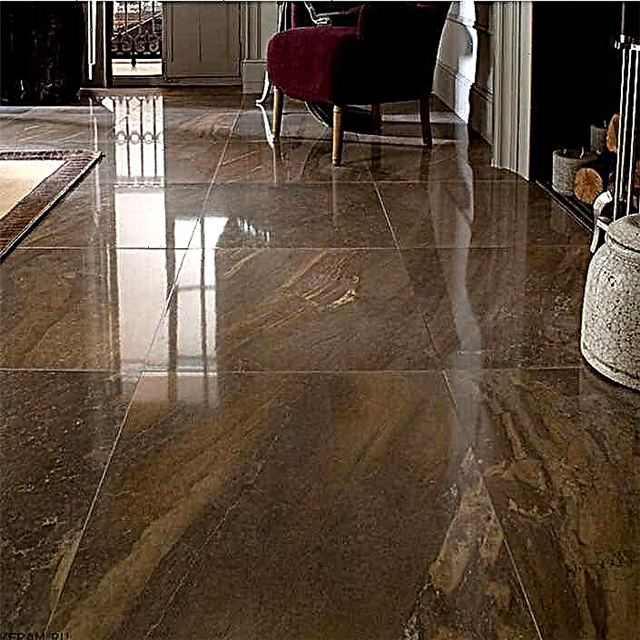 |
| Porcelanosa factory porcelain tile Recife |
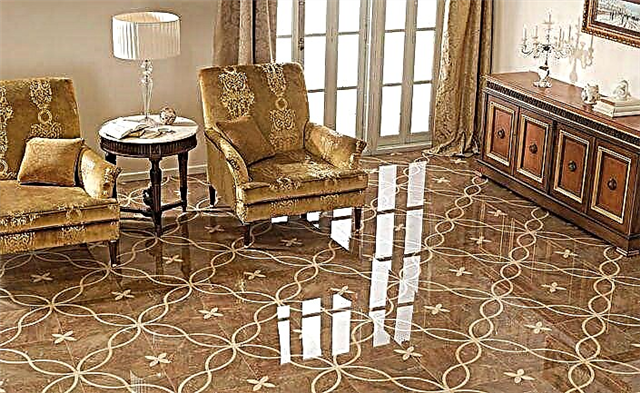 |
| Spanish factory Peronda. Porcelain Museum |
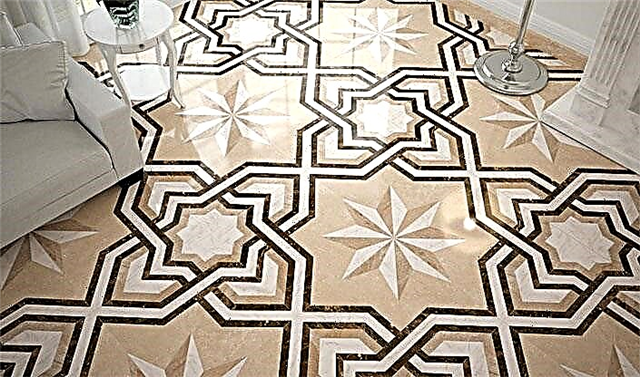 |
| Newer Factory Esedra Porcelain Tiles |
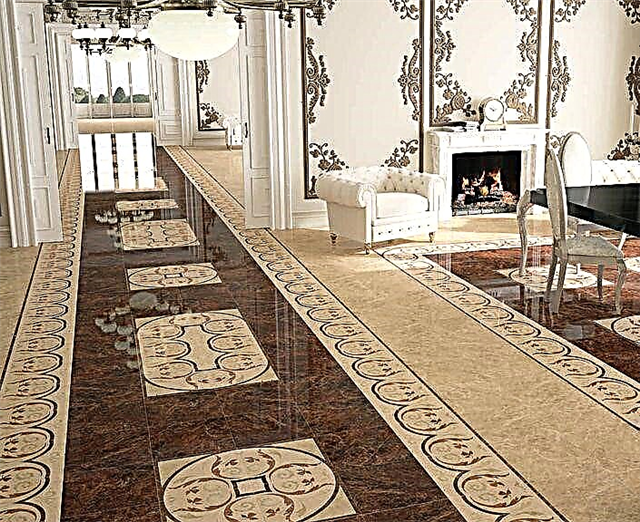 |
| Spanish porcelain tiles Emperador Ceracasa factory |
 |
| Dorian collection produced by the Spanish factory Cercasa |
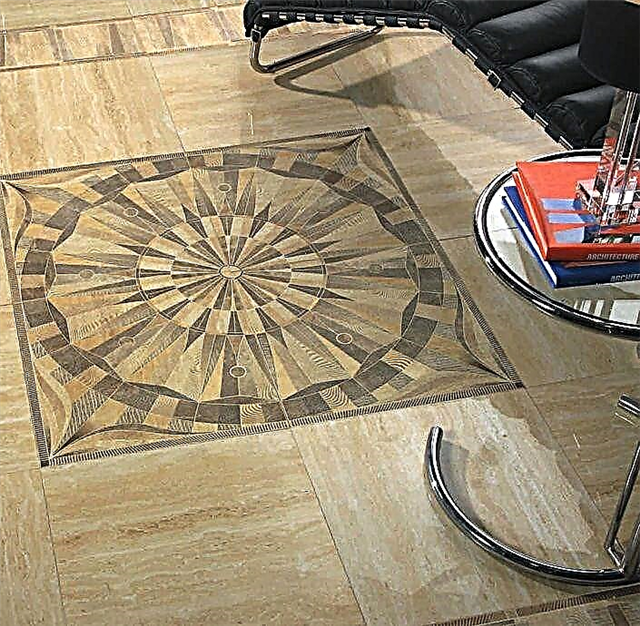 |
| Porcelanite Dos Factory with 5010 Porcelain Collection |
As for wall tiles, here too Italian collections are usually a little more restrained than Spanish ones.
Examples of Italian wall tiles
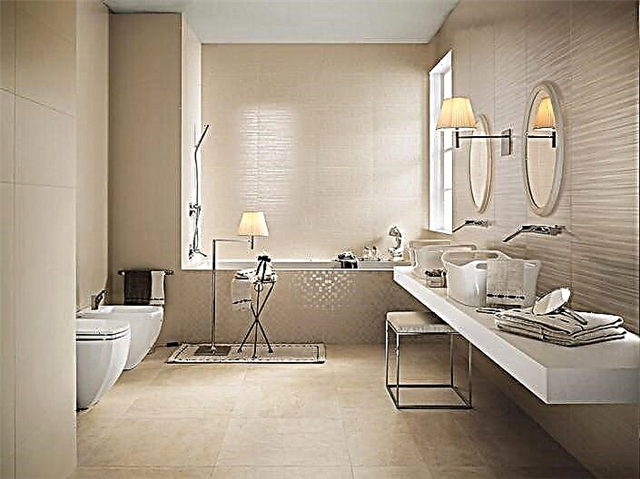 |
| The Radiance Collection of the Italian factory Atlas Concorde |
 |
| Italian tile factory FAP Vera collection |
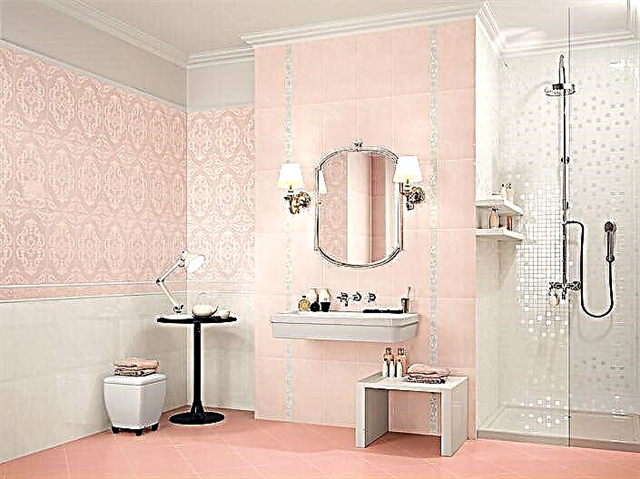 |
| Italian tile Sweet factory Acif |
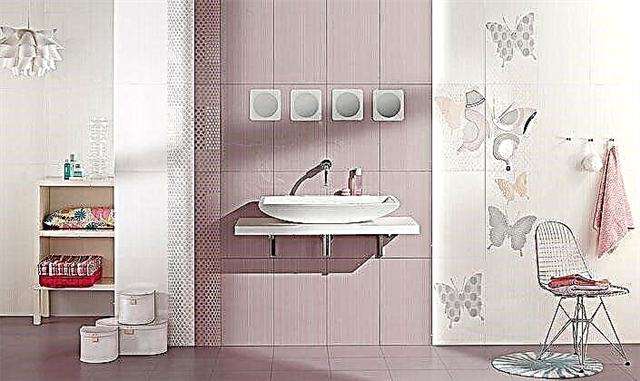 |
| Tile Bliss Italian factory Italgraniti |
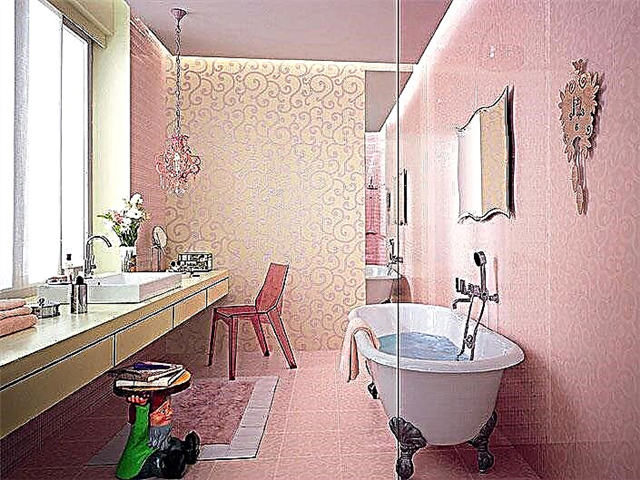 |
| Italian tile Fap Suite |
 |
| Grazia Factory Tile New Classic |
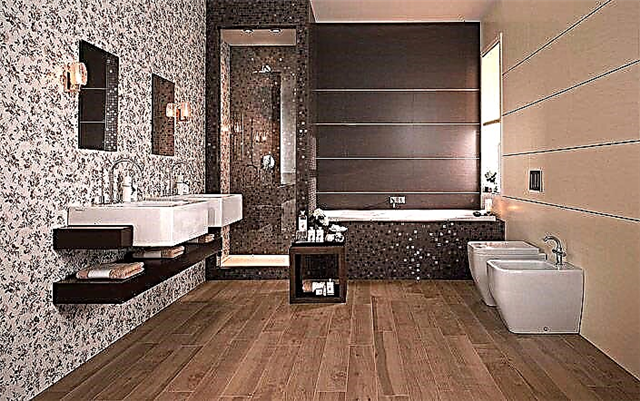 |
| Italian tile Magnifique factory Atlas Concorde |
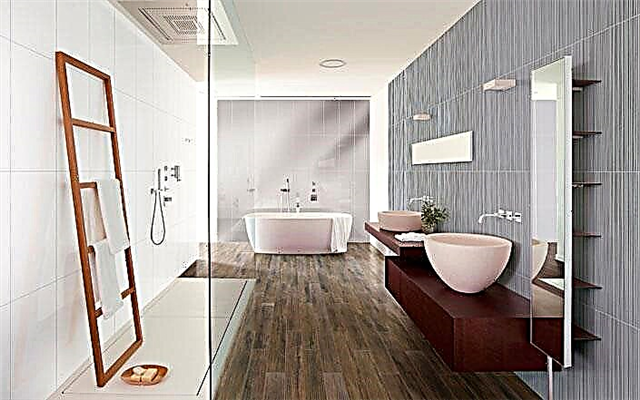 |
| Ume tile factory Cisa Ceramiche, Italy |
Spanish wall tiles usually more fun, vibrant, sometimes massive and immediately attracting attention. There are many large flowers in the Spanish wall collections, and the decors are more contrasting and bold than the Italian ones.
Examples of Spanish wall tiles in the interior
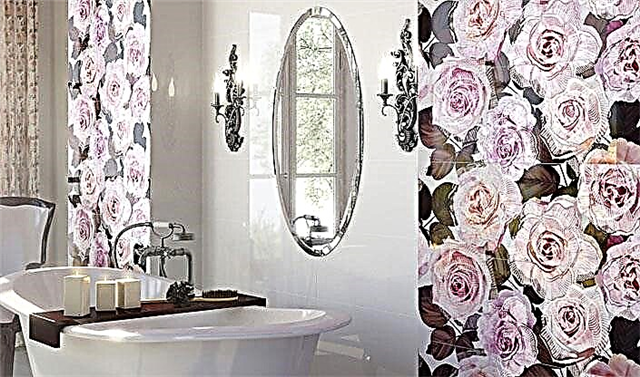 |
| Candor collection of the Spanish factory Newker |
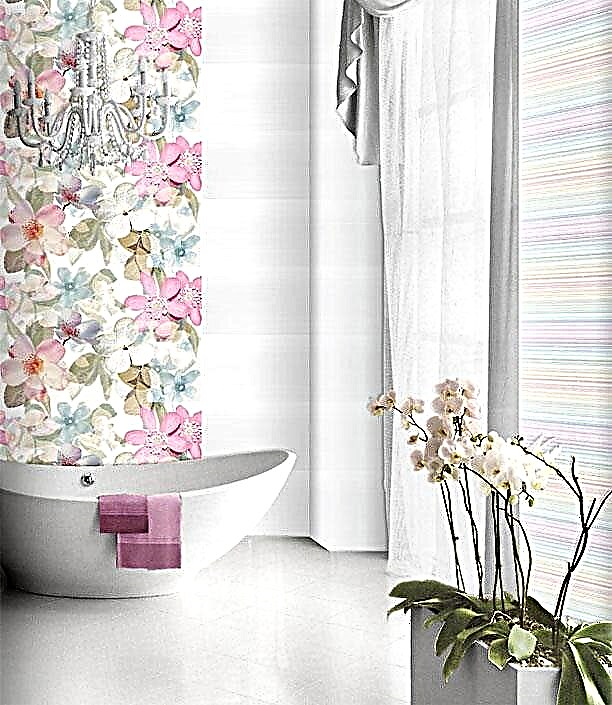 |
| Ceramic tiles from the Saloni factory, Gradual collection |
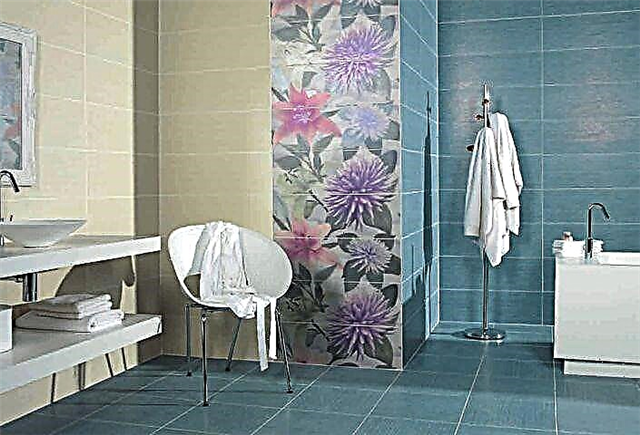 |
| Tile factory Porcelanite Dos collection 7012 |
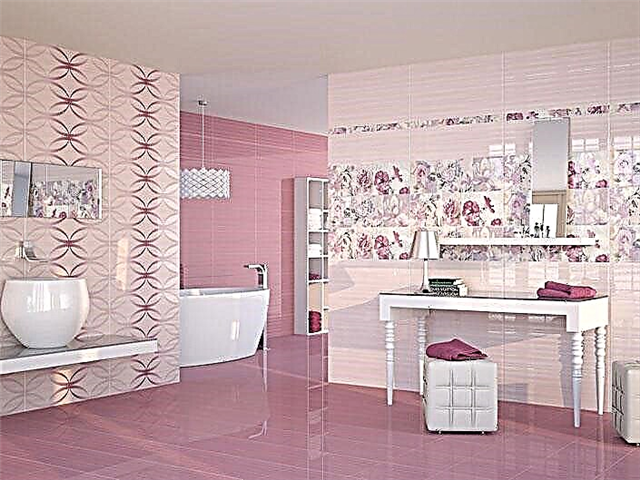 |
| Spanish tiles manufactured by Azulejos Alcor |
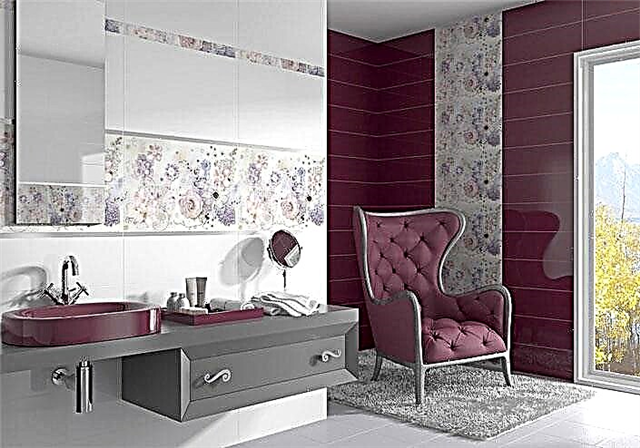 |
| Mood tile collection by Pamesa, Spain |
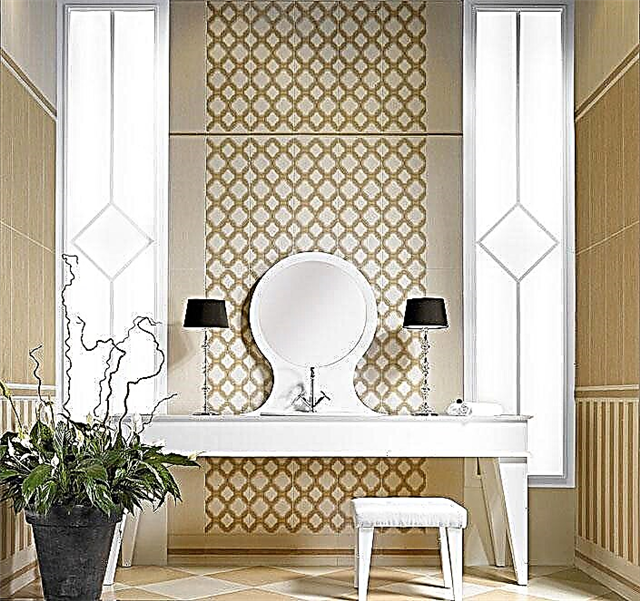 |
| Ceramic tile Aparici Dress, Spain |
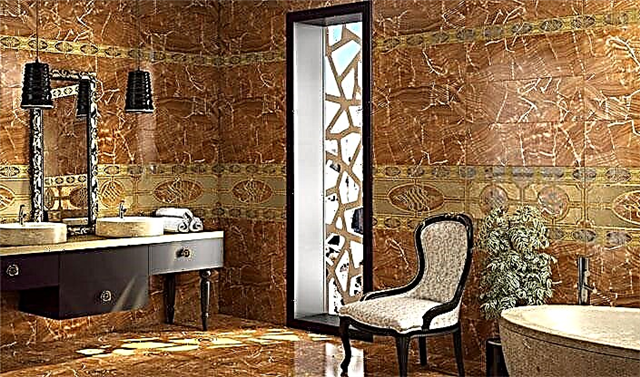 |
| Ceramic tile Honey factory Newker, Spain |
 |
| Ceramic tile Aparici Statuario, Spain |
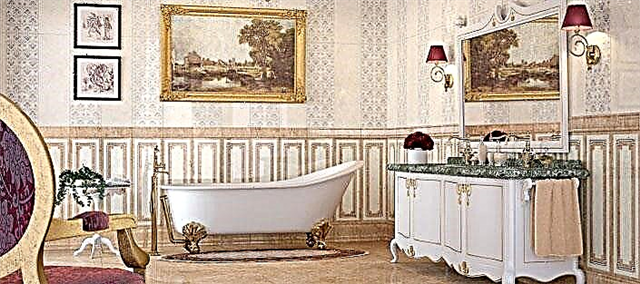 |
| Spanish Aurum tile manufactured by Colorker |
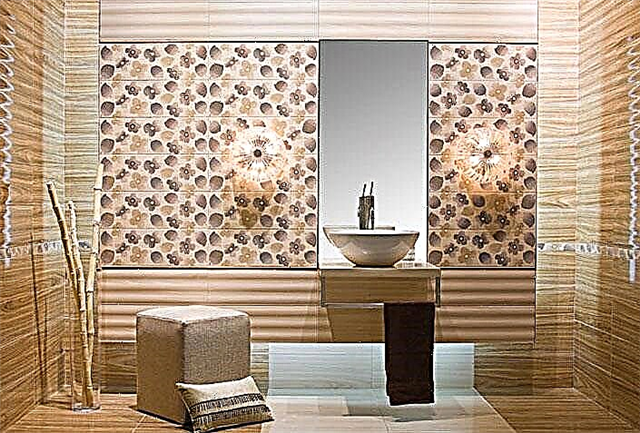 |
| Wall tiles Amber factory Aparici, Spain |
The Italians, proudly squaring their shoulders, believe that their tiles are the most beautiful and fashionable in the world, although, for example, more Spanish tiles are sold on the Russian market. Obviously, bright multi-colored decors are closer to the Russian consumer than the strict grayness that we already have in life.
Tile cost
Spanish tileand, in their entire mass, cheaperthan Italian. There are several explanations for this:
First, a little lower production cost. For starters, the overall price level in Spain is lower than in Italy. In addition, the Spaniards often use cheaper materials in the manufacture of tiles: for example, red rather than white clay. When asked why they still use red clay, the Spaniards are angry and exclaim that white is all Italian propaganda, and that there is no particular difference between the two types of clay. Nevertheless, white is more expensive (if only because it is rarer), red is cheaper, and here the cost is lower.
In addition, sometimes Spanish floor tiles are exactly tile (monocottura or even sometimes bicotture) not porcelain stoneware. This means that it may be less durable and more susceptible to abrasion. But its production is cheaper than the production of granite, so the price is lower. (It’s important to understand that it’s not the malicious Spaniards who are trying to fool the consumer. The Spaniards always clearly say what material is produced. These are distributors who try to find the cheapest goods, find such collections in Spain and then sell them in Russia along with other collections and, of course, since the price is lower, and the consumer does not always understand what he is buying, such collections sell well).
In addition, many italian factories produce only rectified tiles (this is a tile whose edge is cut at 90 degrees for installation with a minimum seam). The process of trimming the edge is an additional operation in production, increasing the cost of production. A spaniards quietly produce traditional tiles, not rectified (with a small facet). As a result, the selling price is lower.
Secondly, many Spaniards save on marketing. This means less money for the development of new collections, less money for the development of catalogs, 3D visualization and interior painting, less money for the development of merchandising: the manufacture of panels and exhibition designs for distributors, less money for participation in exhibitions, etc.).
As a result, Russian distributors can buy Spanish tiles one and a half to two times cheaper than Italian. The difference decreases slightly during transportation and customs (transporting tiles is expensive, it is heavy), but in retail Spanish tiles will still be cheaper, on average, by 20-40 percent.
A lower price in this case does not necessarily mean worse quality, you just have to understand what you are paying for. When italian tiles you pay more for a special design (not the fact that it is suitable for you), maybe for a different type of clay (it should not be important for you since you like the tile itself) and for the fact that the factory provided distributors with beautiful stands , catalogs and other samples.
So which tile to choose?
The most correct thing is to choose a tile that you like, regardless of whether it is Spanish or Italian. A general tip might be this: pay more attention to spanish tile, if a
- you need inexpensive high-quality stone tiles
- beautiful polished stone tiles (Italians almost never produce this because of the too high cost of production) and just beautiful polished tiles
- wall tiles with vibrant colors and colorful decors
- inexpensive highly decorated floor tiles
At the same time, you should think more about italian tile, if a
- you need a beautiful porcelain stoneware for cement
- you need stylish strict tile (including the style of minimalism)
- you like designer things and Italy
- you like pastel colors and decors that do not attract much attention
- you have no budget restrictions for repairs and tiles, including
Well, in conclusion, we repeat that there are a lot of Spanish and Italian factories, each factory has its own style, so with 100% confidence you can find Italian factories that produce bright colorful collections, and minimalist Spaniards. Some collections of tiles made in Italy can be bought much cheaper than some Spanish collections. Yes, and marketing for certain Spanish factories (for example, Porcelanosa) is much better than most Italian.

